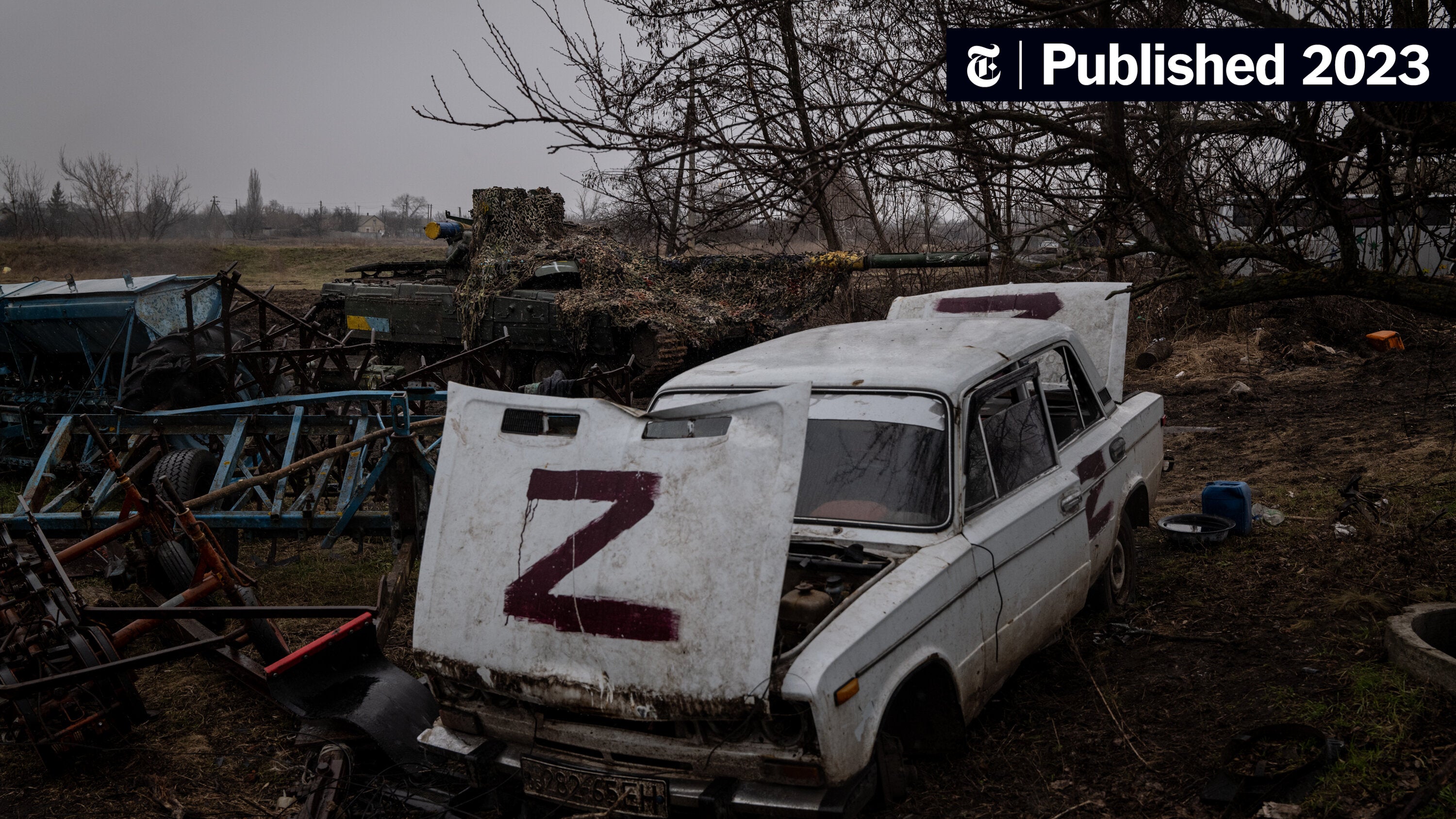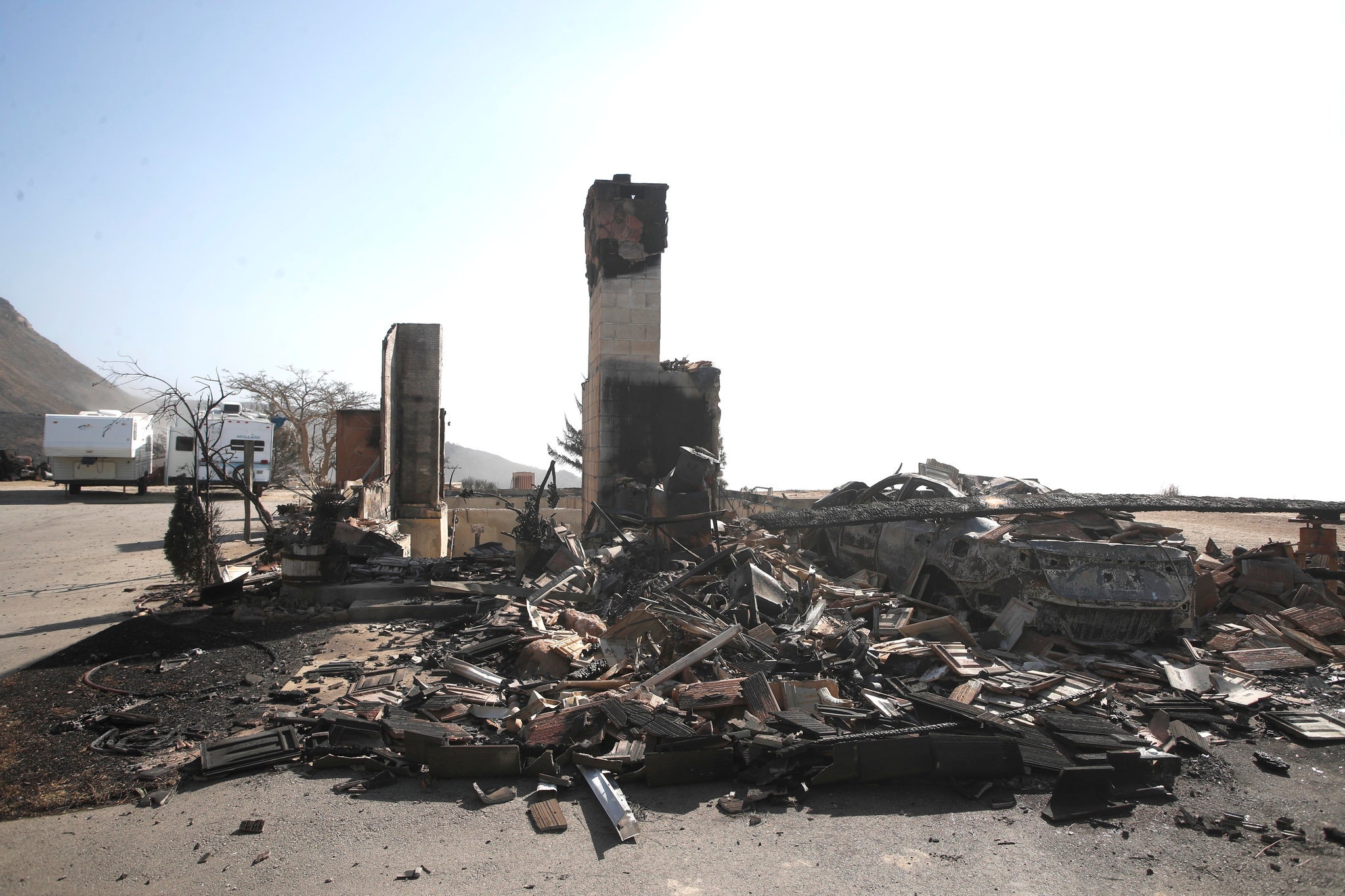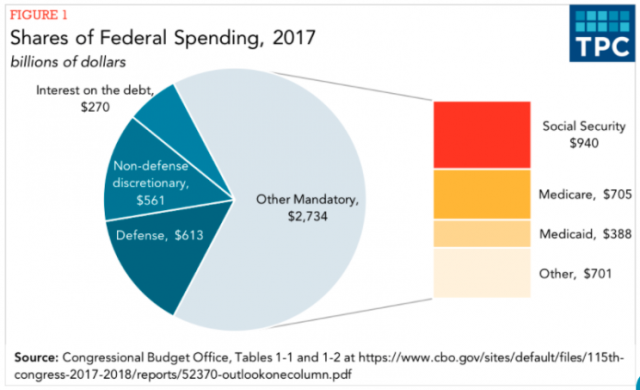Ukraine Conflict Intensifies After Russia Ends Easter Ceasefire

Table of Contents
Renewed Fighting and Increased Casualties
The end of the Easter ceasefire has brought a brutal return to large-scale fighting, resulting in increased casualties and suffering for civilians caught in the crossfire.
Eastern Front Escalation
The Donbas region, particularly around Bakhmut and Lyman, has seen a dramatic surge in fighting intensity. The Ukraine conflict in this area is characterized by heavy artillery bombardments and intense ground engagements.
- Increased shelling in Bakhmut, with reports of relentless attacks causing significant destruction and civilian displacement.
- Intensified fighting near Lyman, involving fierce clashes between Ukrainian and Russian forces vying for strategic control.
- Reports of heavy artillery usage, including Grad rockets and long-range artillery systems, resulting in high numbers of casualties.
The sheer scale of the fighting in the Donbas has resulted in devastating casualties, with reports from reputable organizations like the UN indicating a significant increase in civilian deaths and injuries. The impact on civilian populations is catastrophic, with widespread destruction of infrastructure and displacement of countless families. The continued escalation of the Ukraine conflict in the East is a major cause for concern.
Southern Front Developments
The southern front, encompassing areas around Kherson, remains a key focus of the Ukraine conflict. While the situation is fluid, there are reports of increased activity on both sides.
- Activity around Kherson, with both sides reportedly engaging in skirmishes and maneuvering for strategic advantage. The fight for control of this key region continues.
- Potential counter-offensives by Ukrainian forces, aiming to regain lost territory and disrupt Russian supply lines. The success of these operations remains to be seen.
- Reports of Russian reinforcements being deployed to the south, suggesting a potential escalation of the fighting in this crucial area.
The strategic importance of the Black Sea cannot be overstated. Control of the Black Sea ports is vital for both Russia and Ukraine, influencing the flow of goods, weapons, and humanitarian aid. The Ukraine conflict's outcome in the South will have significant implications for the overall strategic balance.
International Response and Diplomatic Efforts
The renewed fighting has prompted strong reactions from the international community and renewed efforts towards diplomatic solutions, although these efforts face significant challenges.
Western Allies' Reaction
NATO, the EU, and the US have responded swiftly to the renewed aggression in the Ukraine conflict. Their responses are focused on providing continued support to Ukraine and maintaining pressure on Russia.
- Increased military aid to Ukraine, including the provision of advanced weaponry and ammunition to bolster their defensive capabilities.
- Further sanctions against Russia, aiming to cripple its economy and limit its ability to wage war.
- Diplomatic statements condemning Russia's actions and reiterating their unwavering support for Ukraine's sovereignty and territorial integrity.
The potential for further escalation, including increased military involvement from Western allies, remains a real possibility depending on the future trajectory of the Ukraine conflict.
International Humanitarian Aid
Delivering aid to affected areas amid intensified fighting presents immense challenges. The humanitarian situation continues to deteriorate rapidly.
- Difficulties accessing conflict zones due to active fighting and security concerns. This significantly hampers the delivery of essential supplies.
- Increased needs for food, water, and medical supplies, as civilian populations face hardship and displacement due to the Ukraine conflict.
- Efforts by international organizations such as the UN, the Red Cross, and various NGOs are underway to provide aid, but these efforts are hampered by the intense fighting and lack of access.
The humanitarian consequences of the escalating Ukraine conflict are dire. Urgent and sustained international assistance is critically needed to alleviate the suffering of millions.
Analysis and Implications of the Ceasefire's End
The abrupt end of the Easter ceasefire raises many questions about the strategic goals and the prospects for future negotiations.
Strategic Goals of Russia and Ukraine
Russia's decision to end the ceasefire may indicate a shift in their strategic goals. Ukraine's strategic goals remain focused on defending their territory and achieving a just and lasting peace.
- Possible goals of Russia include securing further territorial gains, weakening Ukraine's military capabilities, and potentially forcing concessions through military pressure in the Ukraine conflict.
- Ukraine's strategic objectives remain focused on defending its sovereignty, reclaiming occupied territories, and preventing further aggression.
Understanding the differing motivations and strategic objectives of both sides is crucial for analyzing the dynamics of the Ukraine conflict.
Prospects for Future Negotiations
The renewed fighting significantly diminishes the prospects for successful negotiations and a peaceful resolution to the Ukraine conflict in the near future.
- Diminished chances of successful negotiations due to increased mistrust and hardening of positions on both sides.
- Increased risk of further escalation, as neither side shows signs of backing down from their military objectives.
- The current climate of conflict makes achieving a lasting peace an exceedingly difficult task. A fundamental shift in approach from either side is needed to reignite meaningful negotiations.
Conclusion
The end of the Easter ceasefire has marked a significant escalation of the Ukraine conflict. Renewed fighting on multiple fronts, coupled with a deteriorating humanitarian situation, casts a long shadow over the prospects for peace. The international community's response, while significant, faces the daunting task of managing a complex conflict with potentially devastating consequences. The continued escalation underscores the urgent need for a peaceful resolution.
Call to Action: Stay informed about the evolving situation in Ukraine. Continue to follow reputable news sources for updates on the Ukraine conflict, and consider supporting humanitarian efforts to alleviate the suffering of those affected by this devastating war. Understanding the complexities of the Ukraine conflict is crucial for informed engagement and promoting a peaceful resolution.

Featured Posts
-
 Celebrities Who Lost Homes In The La Palisades Fires A Complete List
Apr 22, 2025
Celebrities Who Lost Homes In The La Palisades Fires A Complete List
Apr 22, 2025 -
 Open Ai Facing Ftc Investigation Data Privacy And Ai Concerns
Apr 22, 2025
Open Ai Facing Ftc Investigation Data Privacy And Ai Concerns
Apr 22, 2025 -
 Tik Toks Influence On Businesses Avoiding Trump Tariffs
Apr 22, 2025
Tik Toks Influence On Businesses Avoiding Trump Tariffs
Apr 22, 2025 -
 Open Ai Simplifies Voice Assistant Development
Apr 22, 2025
Open Ai Simplifies Voice Assistant Development
Apr 22, 2025 -
 Analyzing The Costs Of Trumps Economic Goals
Apr 22, 2025
Analyzing The Costs Of Trumps Economic Goals
Apr 22, 2025
